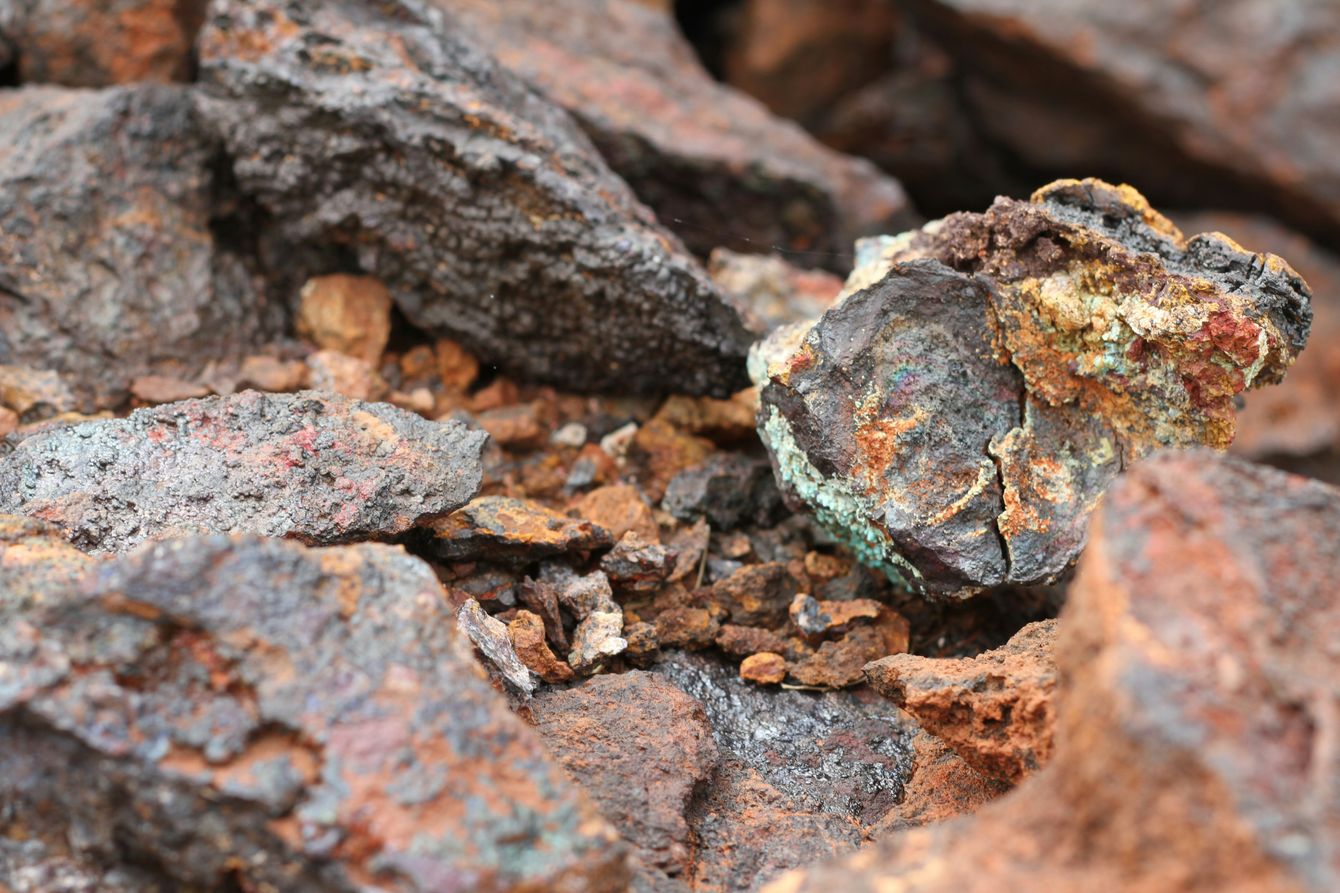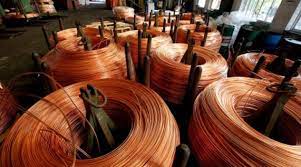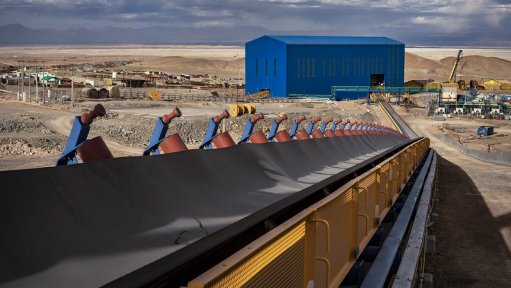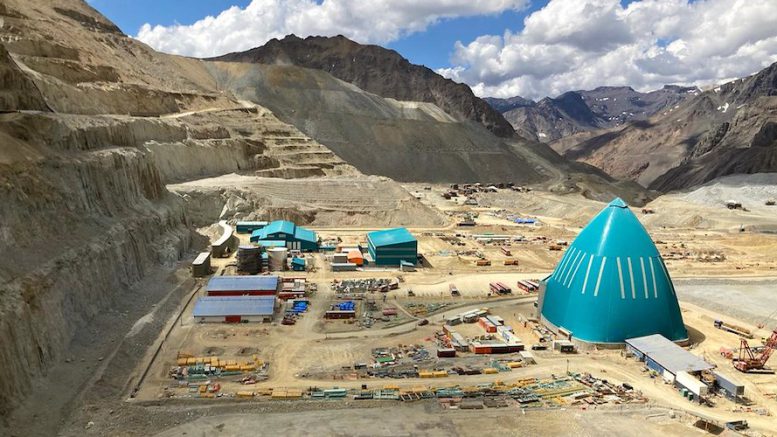When the world’s leading gold mining companies by market value are focusing on copper projects, it might indicate a problem with gold’s appeal.
This week, the price of gold reached a new record high, exceeding $2,100 per ounce, driven by expectations of lower US interest rates and strong demand from Chinese households.
However, major mining companies like Newmont and Barrick have not seen similar success. Newmont Mining’s shares have dropped by 25% over the past year, following its acquisition of Australia’s Newcrest for $19.5 billion, a price that shareholders deemed too high. Barrick’s shares have also struggled, partly due to its plans to develop a copper-gold mine in the geopolitically unstable region of Pakistan.
Equity investors expect gold miners to generate free cash flow for share buybacks and dividends, unlike gold enthusiasts who are more focused on the metal itself. There is a lack of confidence in mining executives’ ability to manage capital effectively. This mismatch between the value of gold and the performance of mining companies may lead to more mergers and acquisitions.
Not all gold mining companies have been avoided by investors. Kinross Gold, pressured by activist investor Elliott Management, has used surplus cash to repurchase its shares, resulting in a 42% increase in its stock price. Agnico Eagle, the third-largest gold miner, has benefited from prudent financial management and its operations in politically stable Canada.
Investors are more likely to favor deals involving small to medium-sized miners. For example, China’s Yintai Gold recently acquired Osino Resources for C$368 million in cash ($272.53 million), outbidding Osino’s local competitor Dundee Resources. These smaller acquisitions have historically provided significant returns to shareholders.
According to BMO Capital Markets, the best returns on investment, averaging 100%, have come from purchases under $2 billion. These deals typically involve mid-sized miners acquiring smaller companies with early-stage projects. In contrast, the merger involving Newcrest resulted in a loss of approximately $1.4 billion in value.
John Hathaway at Sprott Asset Management believes there are plenty of undervalued targets. Some smaller mining companies are reaching a point where their project investment needs become overwhelming, leading to a potential sale.
Smaller miners can be divided into two categories: those in production, like OceanaGold, which is expected to soon become free cash flow positive, and those in need of new capital, like Reunion Gold, which requires funding to develop its Oko West mine in Guyana. The latter may attract investors willing to take risks or miners with available capital.
If the price of gold continues to rise, discussions about mergers and acquisitions will increase. Shareholders, cautious about overpaying for growth, would prefer companies to first explore the market for undervalued assets.
- Focus Shift to Copper Projects: This illustration shows the world’s largest gold miners concentrating on copper projects. A gold mine and a copper mine are depicted side by side, with executives discussing copper projects, highlighting the shift in focus.
- Contrast Between Success and Struggle: The second illustration depicts the contrast between successful and struggling gold mining companies. On one side, a thriving gold mine represents companies like Kinross Gold with rising stock prices and Agnico Eagle with stable management. On the other side, a gold mine in decline represents companies like Newmont and Barrick, with falling stock prices and operational challenges.










